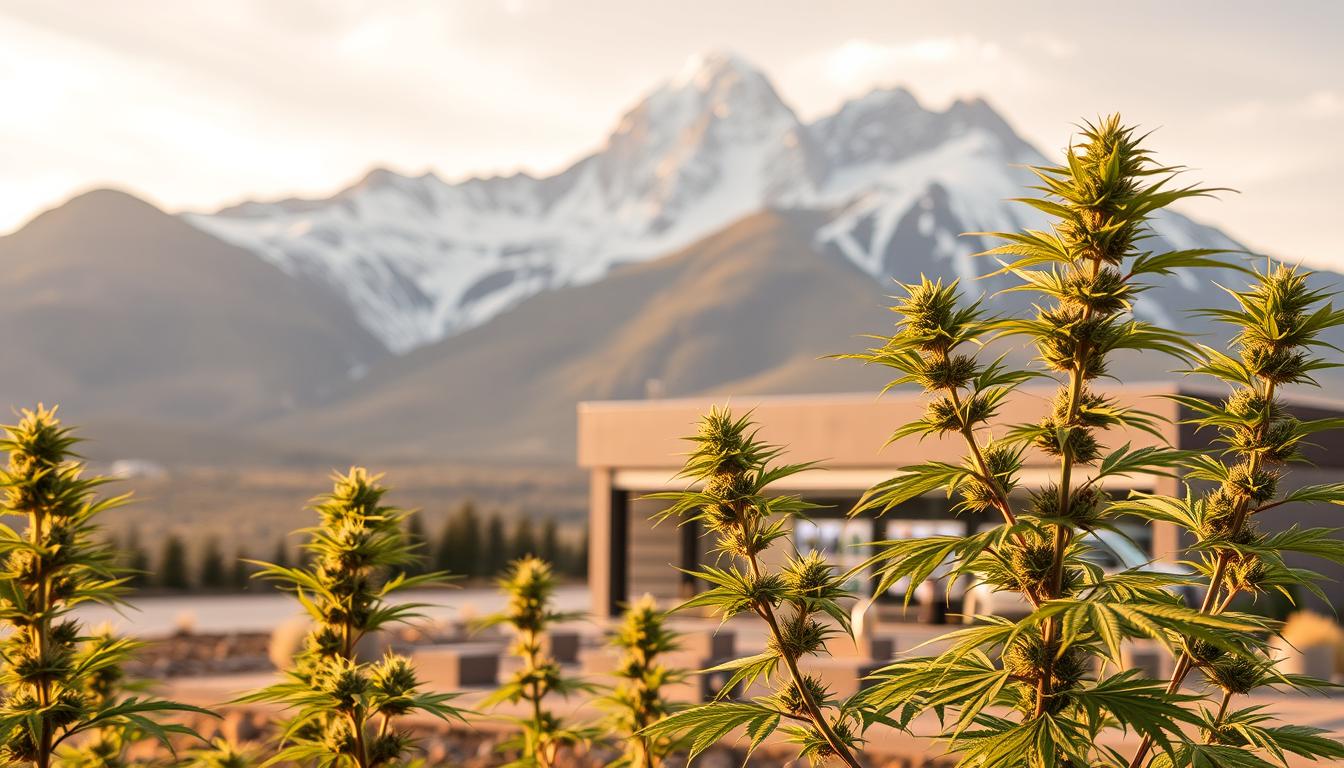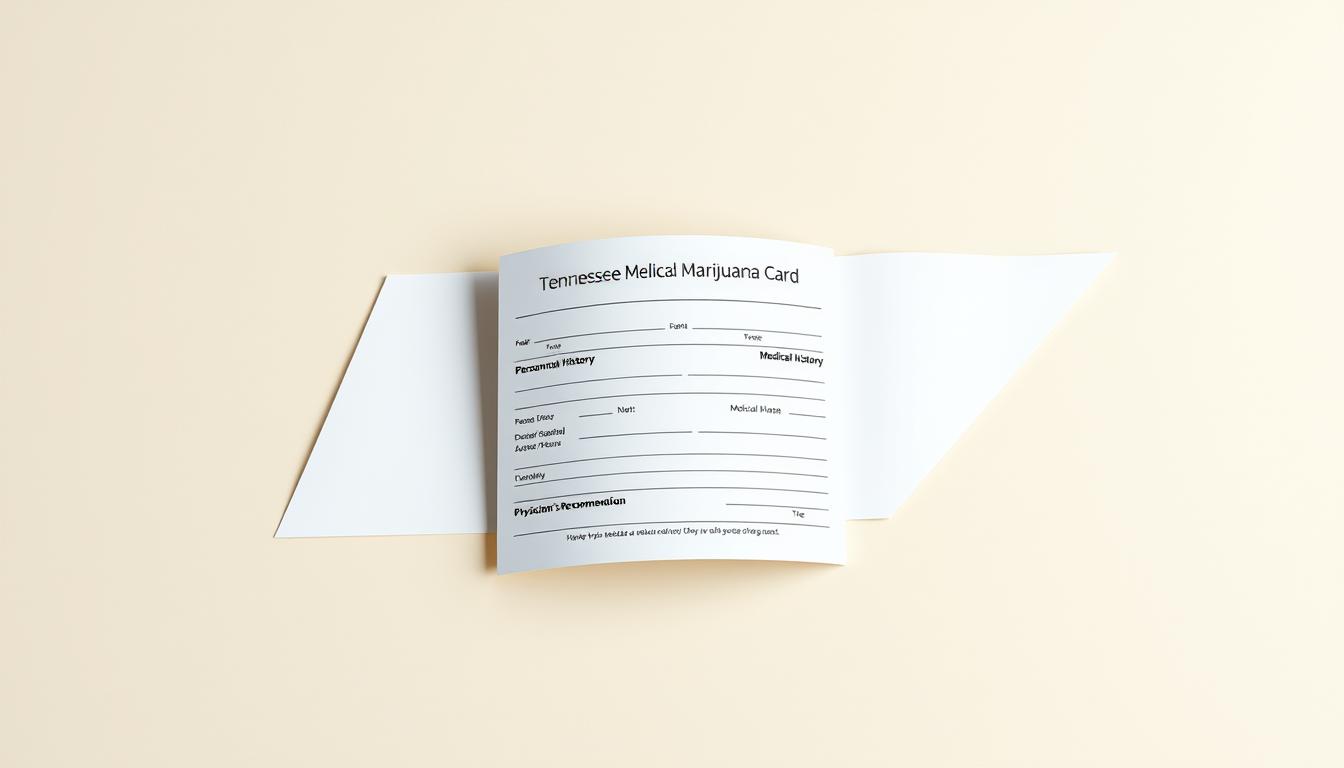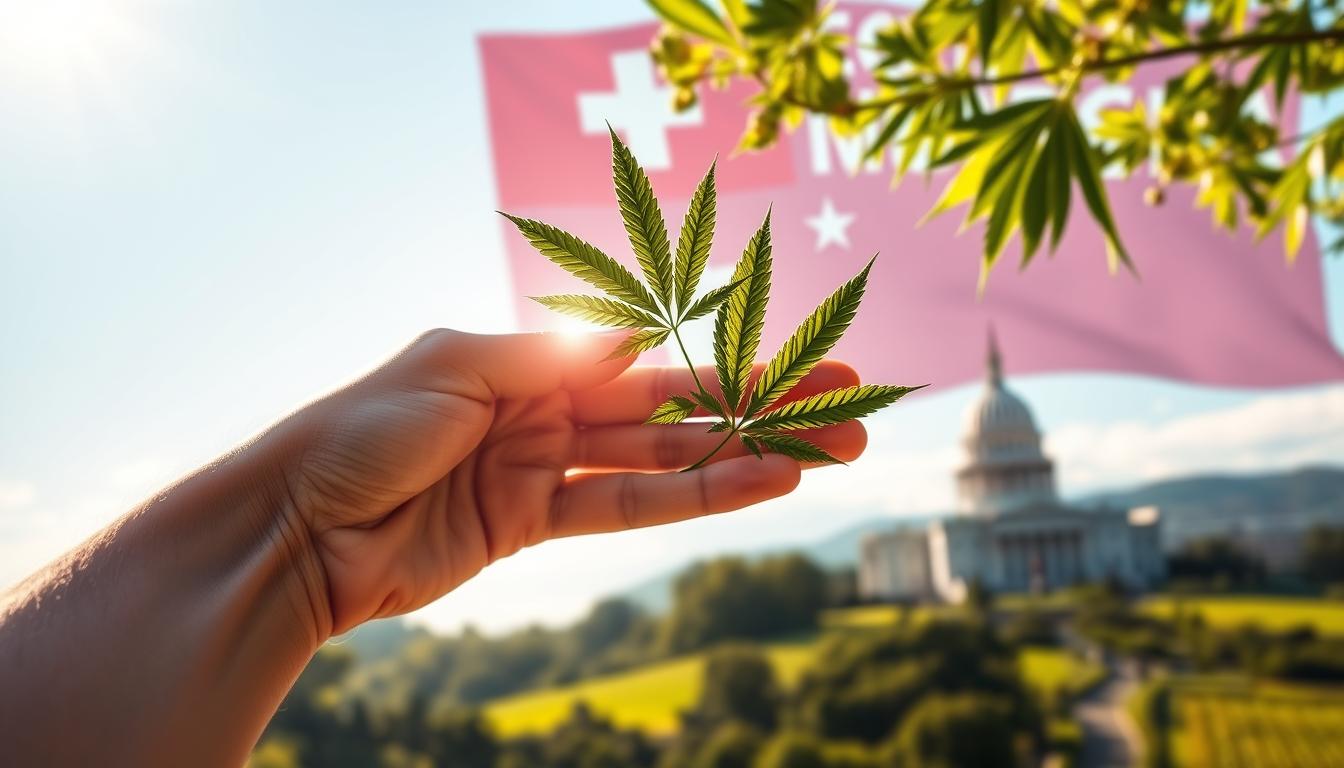What drugs are legal in Montana. It is essential for each individual in Montana to have knowledge about the drug laws of the state. The rules of the state regarding drugs have been the subject of numerous changes. Hence, it is vital to remain aware.
What drugs are legal in Montana. Lately, Montana drug laws have been updated that some drugs are now legal while others remained illegal. Specifically, persons over 21 years of age can purchase beer and tobacco. Moreover, only cannabis is allowed to be consumed, although the situation is still governed by strict restrictions.
It’s important to understand what you can and can’t do with drugs. Being aware of the laws will enable you to make good decisions and avoid trouble. In addition, you will stay within the law.
Overview of Drug Legislation in Montana
Drug laws in Montana are made in order by the state and federal governments. This interaction can result in the laws being complicated and sometimes opposing each other.
Understanding State vs. Federal Laws
It is in the Montana Code Annotated where the drug statutes of Montana are found. The provisions are predominantly in Title 50, Chapter 32, relating to controlled substances. According to Montana Code Annotated 50-32-101, a “dangerous drug” is anything in Schedules I through V.
The state laws specify what drugs are legal in Montana, but federal law affects the whole country. And this is crucial as it provides grounds for geographical differences in legality.
Marijuana is a Schedule I drug under federal law, thereby it is illegal. Even though, Montana has legalized it both for medicinal and recreational use. This is an illustration of how laws at both the state and federal levels can be contradictory.
It’s important to understand the differences between these to stay on the right side of the law.
The Montana Department of Public Health and Human Services’ Responsibilities
The Montana Department of Public Health and Human Services plays a significant role. They work with medical marijuana, look out for substance abuse, and provide care for prevention and treatment.
They are also responsible for the regulation of Montana controlled substances. This practice ensures the safety and health of the citizens. They are in control of distributing drugs, that the public needs, and taking actions to stop abuse.
Functional and Operational Legal FDA Drugs
Montana laws about the use of prescription drugs are the mirror of clarity. Precise rules are essential to protect the health of the community and to ensure the optimal functioning of the drugs.
Drugs Usually Found on Prescription Lists
A wide variety of drugs sold in Montana is prescribed exclusively to treat certain conditions. These include:
- Medicine for pain that contains opioids, such as oxycodone and hydrocodone.
- Medicine for bacterial infections.
- Medication for high blood pressure.
- Medication for depression and mental health.
These drugs are managed by the law in various categories. In this case, the Montana Code Annotated 50-32-222 is a list of all such drugs, such as opiates and depressants.
Requirements for Prescription Drugs Matter
Rules in Montana concerning prescription drugs (for instance, who is authorized to prescribe and who is authorized to dispense drugs) need expertise from healthcare professionals and pharmacists. They play a central role in ensuring that the medications are adequately employed.
A few major policies are as follows:
- Doctors should check the information of the patients before giving them controlled substances.
- Pharmacists are responsible for checking the medications for possible interactions and tracking refill of prescriptions.
- Controlled substance prescriptions are monitored through a state program.
“The idea of these regulations is not only to combat drug misuse but also to ensure that patients can still get the drugs they need,” said a healthcare worker.
“The control of prescription drugs is a thorny issue that necessitates the effective management of both the supply and distribution of the drug,”
Laying down these regulations in Montana, the residents can access their medication in a reliable and safe manner.
Legal Recreational Drugs
Montana has rewritten its recreational drugs laws because public opinion has shifted in favor of marijuana. The new policy was made into law by Initiative 190, which authorized adults to buy, possess, and produce cannabis.
Cannabis Legislation in Montana
Montana’s drug laws have altered as adults have been given the green light to use cannabis recreationally. The passing of Initiative 190 permitted adults to use marijuana, legalizing the sale and production of the drug.
With the introduction of Initiative 190, House Bill 701 was consequently ratified. The bill dealt with the specific issue of the amount of cannabis to be grown. There is now a limit of two plants per household as opposed to four.
Adult Use Regulations and Limits
Montana has outlined rules for responsible adult marijuana use. These regulations aid in the prevention of wrongful use of cannabis and in the proper use of marijuana and the general safety of everyone involved.
Some vital rules for adults are:
- Possession limits: Individuals at the age of 21 and above can hold up to the permissible quantity of cannabis.
- Cultivation rules: Two plants only are allowed to be grown by the adults due to the fact that House Bill 701 permits it.
- Sales regulations: The state of marijuana sale is supervised, and licensed outlets will sell within the provisions of state law.
Over-the-Counter Medications
Free access to medications – OTCs is allowed for Montana citizens. OTCs mainly help in problems like pain, allergies, and stomach issues.
Common OTC Drugs Available in Montana
Montana shops stock many OTC drugs such as acetaminophen and ibuprofen for pain. You can find antihistamines best for allergies, and cough medicines for breathing problems. Here are some popular ones:
- Common products of pain management: Tylenol and Advil
- Benadryl (mistake, Benadryl)
- Cough and cherry syrup – Robitussin
Safety Regulations for OTC Purchases
Montana, as per the state regulation, has made OTC drugs safe. First of all, some have age restrictions to prevent children from taking them. Furthermore, they are all provided with the information of how to use and what the potential side effects are. The stores and pharmacies are under obligation to comply with these rules
The safety regulations primarily come in these>
- Ensuring the age of the customers through some OTC drugs
- inserting labels that have information on how to use and the effects of the drugs
- making sure that the stores and the pharmacies are law-abiding
Alcohol and Tobacco Laws
In Montana, the regulation on alcohol and tobacco is by both the federal and the state government. The regulations aim at
safety and health, respect the rights, and support law and order at the same time.
Age Restrictions for Purchase and Consumption
As per Montana regulations, people must be 21 or older to buy or use alcohol and tobacco. This is done to comply with the federal laws and protect the youth from the dangers of substance abuse.
}Stores should check the identifiers of the customers for ensuring that they comply with the rules. Otherwise, they would get penalties.
Updates to the Drinking Legal Age
Previously, the laws governing the sale of alcoholic beverages in Montana have been given a facelift. These new changes introduce more to the liquor laws of the state thus making it more in line with the current day landscape. Among the items on the table is new licensing regulations and additional points of purchase of alcohol.
For instance, guidelines that relate to selling alcohol in grocery stores and operating breweries and distilleries have gone through a transformation. These changes positively impact local businesses and also facilitate individuals with the ability to choose.
Everyone being aware of these changes is really necessary. In this way, they can make sure that they do no wrong by the law.
Present Situation of Psychedelics in Legal Terms
Laws regulating the psychedelics domain in Montana are not easy to understand. They are a fusion of regulations from two levels, namely state and federal. The derivatives of the orders are such as LSD and psilocybin listed as First Schedule controlled drugs. That is, they are classified as drugs of high potential for abuse with no medical usage.
Updating the legal norms through the legislative bodies
There is action by the local government reviewing and discussing whether psychedelics should be kept the same. There are scientific researches into the various health uses of the substances which may bring about less stringent laws on them. If the bill is passed, it wouldn’t be illegal to use these drugs from then onwards.
In Montana, hitherto there is no law within the realms of allowing psychedelics for therapeutic or pleasure purposes. On the contrary, there is a lot of noise and work made to achieve the goal. People are asking for it because of recent scientific researches supporting the argument that psychedelics are effective in treating PTSD, depression, and anxiety.
Fire Up the Future Laws
Prospects seem bright enough for there to be a turnaround in legislation governing the use of psychedelics in Montana in the future.
- It’s possible that some psychedelics will be downgraded and that’s when we will be sure that it is proven they have some possibility for medical use.
- People can give them a try in therapy in a legally way that is to say that they are allowed to use psychedelics only in medical practice.
- They may adopt legislation that reduces the penalties for the possession or use, thus indicating the countries’ softer drug policies.
Surveys reveal that the public is more and more in favor of using psychedelics in the cause of health. Hence, the more we understand them, the more likely it is for policymakers to revise the existing legal framework.
So, to sum up, at present, while psychedelics are highly regulated in Montana, one can still count on the possibility of changes. These alterations might result from the emergence of new laws and more explorations. Now, that these developments are taking place, it is recommended to be informed about them regularly.
The Drug Law Discussion
Montana law is the principal regulation of controlled substances. These laws are those generally concerning what particular controlled substances are, and the legal consequences of their forbidding, etc. The notion of controlled drugs is central to both health and law enforcement policy areas of activity.
Categories of Drugs in Montana Law
Druggists place the drugs they have into categories, taking into account the chances that the drugs be misused and if they have a medical purpose. A classified list of drugs is contained that is also known as the Montana Code Annotated. The classification system is striking. For instance, Schedule I contains heroin and lysergic acid diethylamide (LSD), both highly abusive and with no known medical uses.
Also, Schedule IV includes anti-anxiety drugs such as Valium, with rare misuse possibilities and medical utility. Knowing the category of the drugs they get in makes a difference. In the case of abusing, dealing, or making, the legal responsibilities the person faces become clear. It is advisable that the drug regulations of Montana agree with both the federal and the state regulations so that they form a comprehensive whole.
Penalties for Possession and Distribution of Illegal Substances
Drugs and their crimes are the subject of legislative punishments in Montana where this aspect is based on the drug sort, quantity, the nature of the crime, and the repetition of the same. Montana Code Annotated 45-9-102 says that a drug user may be imprisoned and/or fined. For instance, the possession of a Schedule I or II drug can result in a fine of $ 50,000 and imprisonment for up to 5 years for the first offense.
More severe punishments are applied for the distribution of drugs. Montana is especially particular about the drug trade. Provisions have been made in the law for the area in which drug trafficking occurs, such as school surroundings. These things will make the penalty worse.
If people are happy with the information about the penalty, it is very possible for them to obey the law. Also, this information can assist people in the community in their fight against the abuse of drugs.
Implications of Legalization on Communities
The recent legalization of drugs in Montana meant that, finally, some integral parts came into being that gave people endless impetus to undertake the detailed impact assessment of the local economy and social fields.
Economic Impact of Legal Drug Sales
The legalizing of weed has driven the pace of this blossoming field of green in Montana’s newest industry. The new sector is generating employment opportunities and raising tax revenues that give a considerable economic push to local areas. To be exact, a certain examination of the marijuana trade showed that that it would bring jobs to the tune of thousands and tax revenue to the state.
The most noticeable economic advantages include:
- Employment in the cannabis industry
- The contribution to the revenue side of state and local public treasuries
- The initiation of indirect economic activities that will also benefit from the trade
Social and Health Implications
Indeed, the economic benefits are substantial; still, certain social and health difficulties need to be solved. A major issue has been the public health, safety, and the danger of more drug use among young persons. To avoid these risks, it is necessary to have good laws and educate people about the issues.
Certain of the various social and health issues are:
- A potential increase in drug use among youth
- Public health worries about marijuana consumption
- The necessity of efficient regulation and enforcement
The economic benefits and these social and health concerns must be balanced to ensure that Montana’s drug legalization model is the most beneficial to the community in the long run.
Resources for Drug Laws in Montana
Being well-informed about Montana’s drug laws is crucial for all the residents and visitors of this state. The rules on controlled and legal substances can be very complicated and quite challenging to understand. Thus, the presence of a good set of resources is important.
State Government Resources
The Montana Department of Public Health and Human Services is the leading authority in terms of drug law information. They let the public know about changes in drug laws, if any, through their webs
Nonprofit Organizations
Other than the public sector, there are also nonprofit organizations that deal with drugs and drug issues. They are engaged in education, provision of support, and advocacy. With the help of these groups, people are able to know Montana’s drug laws and those going through the struggle with drug abuse can be assisted.
To have all the necessary information regarding drug laws in Montana, the state’s resources and these nonprofit organizations are to be referred.


